Rabaa leaders responsible for sit-in's victims – fact-finding committee
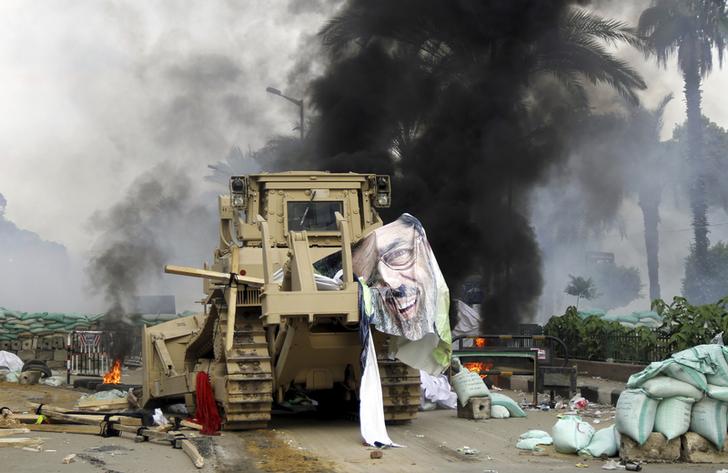
CAIRO, Nov 26 (Aswat Masriya) – The June 30 fact-finding committee said on Wednesday that protesters were the first to open fire during the forcible dispersal of a pro-Mohamed Mursi camp in August 2013, leading to fighting which it says left 607 "citizens" and eight security personnel killed.
The committee, established by former interim President Adly Mansour to investigate violent acts which took place since June 2013, offered its vision for the dispersal of the pro-Mursi Rabaa al-Adawiya and Nahda sit-ins during a press conference at the Shura Council building in downtown Cairo.
RESPONSIBILITY FOR THE VICTIMS
Committee head Fouad Abdel Moneim Riad said the first death during the Rabaa dispersal was that of a policeman. He added that attacks against security forces came from all directions, which caused security forces to "lose their focus" leading to a reaction which left a large number of victims. Riad noted that the large death toll could have been avoided.
The account matches that of the state-affiliated National Council for Human Rights (NCHR), which had accused "armed assailants" of shooting dead a policeman, in a report it issued on Rabaa's dispersal last March.
The committee said most blame for the large death toll fell on the Rabaa sit-in "leaders", closely followed by the armed protesters who "initiated" the attacks on security forces. It also blamed protesters who refused to evacuate the sit-in and created "human shields" for those facing off with security forces.
The committee also addressed security forces' accountability for the death toll, though it pointed out that they "were obliged to respond to firearms" and that they exercised the "gradual use of force" in dispersing the sit-in.
The Committee's Secretary General Omar Marwan said the police's goal was to "disperse the sit-in and not to kill protesters."
"The police only resorted to live ammunition after more than one of its forces were killed and injured," Marwan said.
The last to blame, according to the committee, were the authorities.
Riad said the Rabaa sit-in began as a peaceful assembly on June 28, 2013, yet it lost its peaceful nature as protesters started to pick up arms over time. He blamed the authorities for allowing the sit-in to grow over the weeks and allowing weapons into it without "taking precautions".
The committee head described the timing of the dispersal as "late".
"If the dispersal happened right away, the number of victims would have been less," Riad said.
DEATH TOLLS
The committee's death toll for the Rabaa sit-in's dispersal is slightly smaller than the one NCHR announced in March; 624 civilians.
The committee said that some protesters brought corpses of people who died in other areas of the capital to the Rabaa sit-in to increase the death toll for the sit-in's dispersal.
It showed a video during the press conference of footage of some of the most violent acts witnessed in Egypt last year. The footage included the events of the Republican Guards clashes in July 2013, the Rabaa and Nahda sit-ins' dispersal and violence on university campuses during the past academic year.
Some of the videos showed armed protesters attacking security forces. None of the videos showed security forces exercising violence.
Addressing the dispersal of the Nahda sit-in in Giza in August 2013, the committee concluded that the dispersal led to 88 deaths. Twenty-three civilians and two security personnel were killed at Nahda square, as well as 63 others in the vicinity of the square.
ATTACKS ON CHURCHES AND COPTIC PROPERTIES
The committee provided statistics for reprisal attacks on Copts which shortly followed the sit-ins' dispersal. It said 64 churches were attacked nationwide in response to the dispersal, including 52 torched churches.
The committee also reported the abduction of 140 Copts, and assaults which targeted 402 Coptic properties. It said most reprisal attacks took place in the Upper Egyptian governorate of Minya.
UNIVERSITY VIOLENCE
The committee addressed the violence which proliferated in Egypt's university campuses since Mursi's ouster, counting the death of 15 students and four policemen as a result.
University campuses have witnessed unprecedented violence throughout the past academic year, with at least 16 students killed amid on-campus confrontations with security forces, according to the Association for Freedom of Thought and Expression's (AFTE) Student Observatory.
The pro-Mursi "Students against the coup" movement has been organising protests against the former Islamist president's ouster throughout the past academic year as well as this year. Protests often devolve into clashes with security forces.
The June 30 committee said seven students were killed in Cairo University, six in al-Azhar University, and two in Ain Shams University.
WEIGHED AGAINST OTHER REPORTS
The findings of the 30 June committee's report are milder than those reported by other organisations, especially in regards to holding the authorities accountable for the deaths which resulted from last year's violence.
International watchdog Human Rights Watch also released a report last August on the dispersal as well as other violent events after a year-long investigation.
The report accused Egypt's security personnel of "systematically" killing at least 1,150 pro-Mursi protesters in July and August 2013. It added that such killings "probably amount to crimes against humanity."
HRW had described the sit-ins' dispersal as "the most serious incident of mass unlawful killings in modern Egyptian history." The dispersal left at least 817 protesters killed, according to an HRW death toll provided in the report.
The June 30 fact-finding committee concluded its report with a set of over 60 recommendations to the authorities. It called for amending last year's protest law, issued by the former interim president to regulate peaceful assembly and garnering wide criticism for violating international standards for peaceful protests.
The committee submitted on Sunday its final report to Egypt's President Abdel Fattah al-Sisi. He ordered the referral of the report to the cabinet to study it and send it to the "concerned authorities", a presidency statement read.
Former President Mansour ordered the committee's formation last December to gather data and evidence on events that occurred during and after the June 30 protests which led to Mursi's military ouster following mass protests against his rule.
Muslim Brotherhood members have often refused to cooperate with the committee, under the pretext that it is affiliated with the authorities.
Riad has repeatedly described the committee as "neutral" and denied its affiliation with the government.
(Writing by Rana Muhammad Taha)




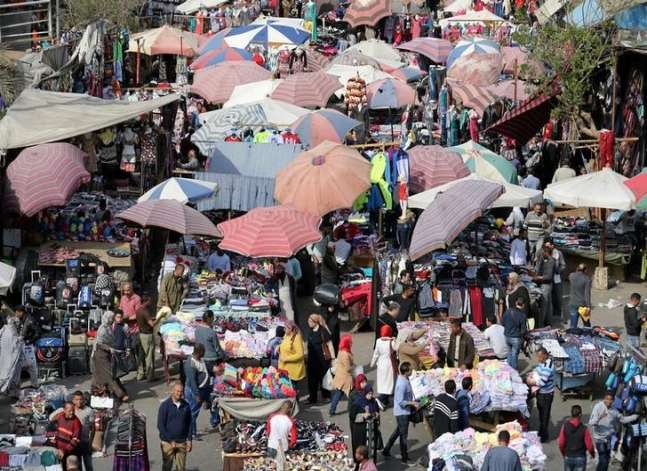

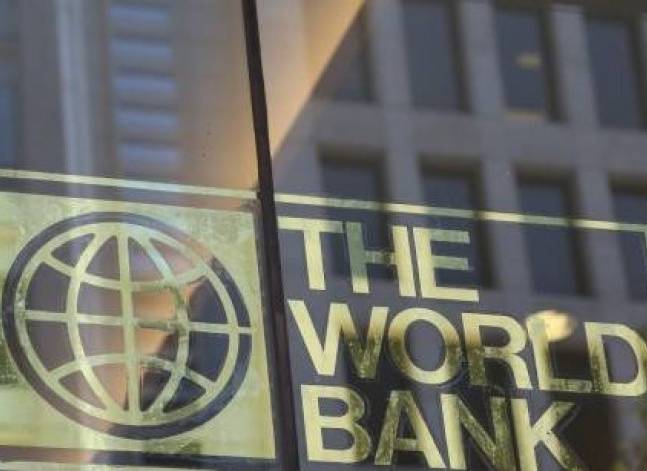
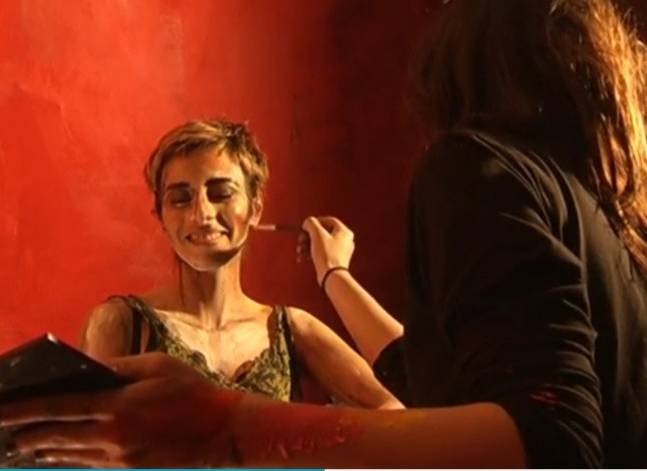
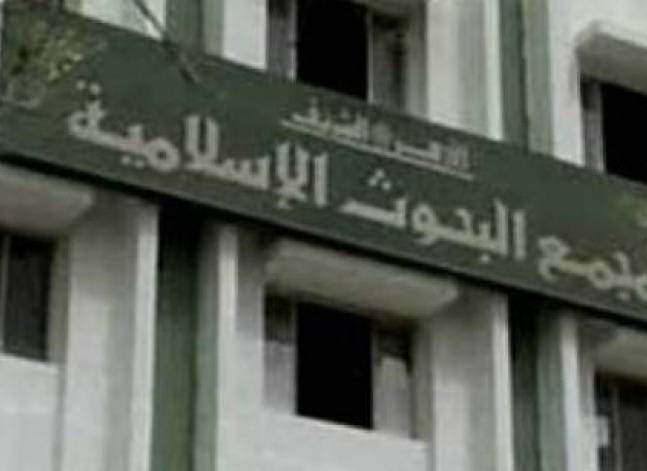
facebook comments